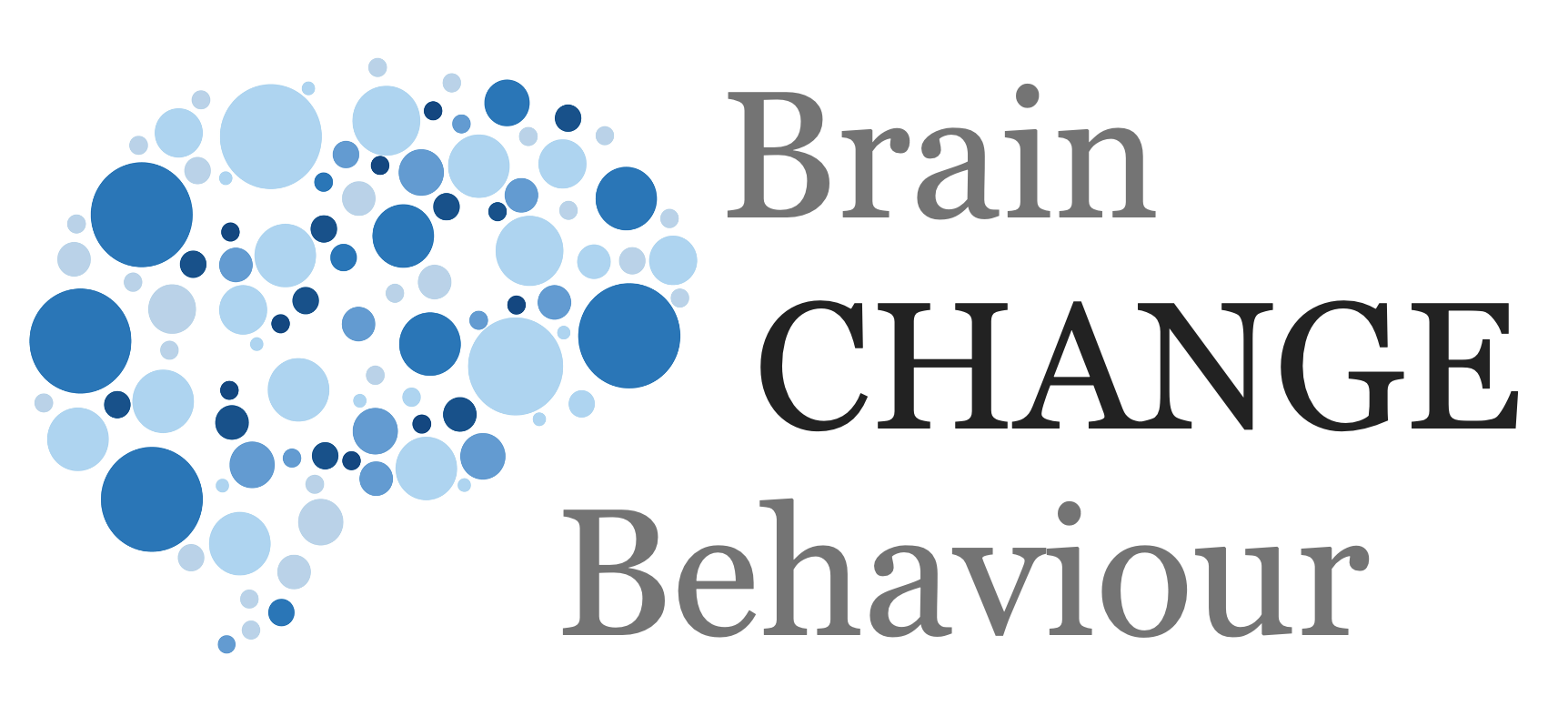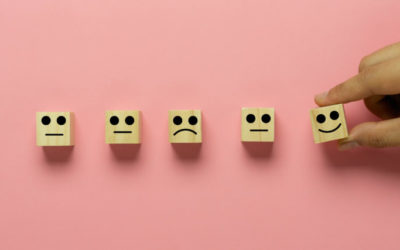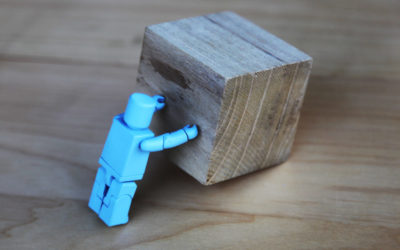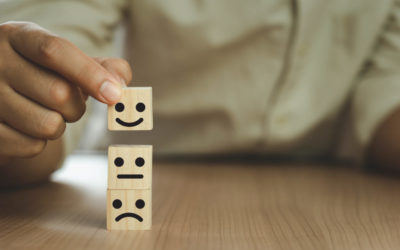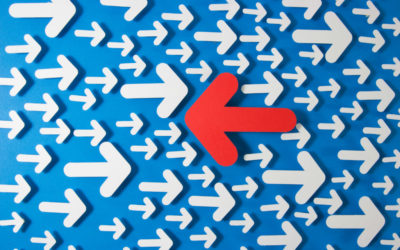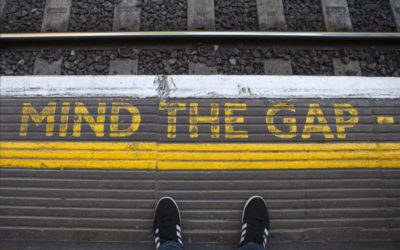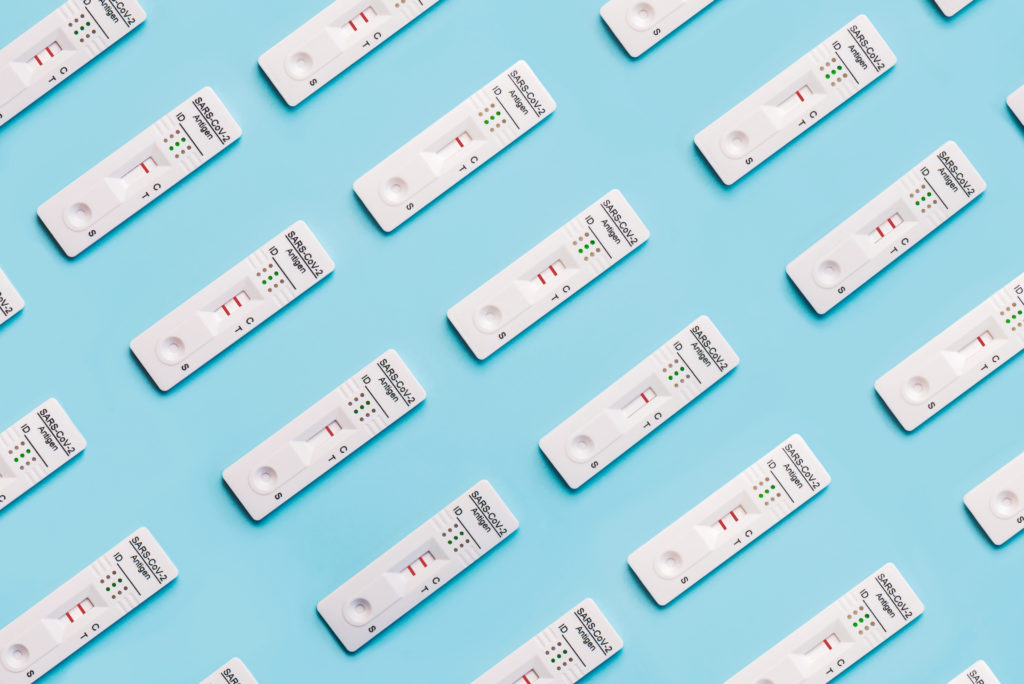
A false positive has become better-known to the general public during the pandemic and with COVID-19 testing particularly with home based quick tests. We know these are 90-95% accurate but this means that in 5-10 times per 100 they will record a false positive, a positive result when there is none. This can be checked with a further more accurate test. The more worrying one, in the case of the COVID-19 testing, is the false negative. Worrying because someone could then feel safe and infect someone else.
But back to change or corporate initiatives. We probably all know the process. Someone has a cool idea and manages to get a leader, or more, on board. Everybody says, “let’s run a trial/pilot” the trial works well and we trot along to senior leadership saying we have a great idea, the trial went really well, and this will have a positive impact: more engagement, or save money, or earn more money. Senior leadership is impressed – you have done your background work, the trial is good, the budget is therefore approved and off you go…to unspectacular results.
One reason is that one single trial could have been a fluke (the other reasons are listed here). One single trial with a few people is not enough. This is well known in statistics – the smaller the population the more unreliable the data. In psychology we would look to a minimum of 100 participants but that is bare minimum, preferably 1000 participants. In the corporate world that may be unrealistic with time and resource restrictions, but the general advice is run three independent trials.
If you run three independent trails you will have a much better grasp on what is happening and whether your idea can be successful. You may also be able to identify further with who and in what context it could be successful, which are the representativeness problems. Alternately you can run a trial which can then be expanded to a larger scale pilot, to an even larger scale feasibility exercise.
However, the advantage of three (or more) trials is it gets a better grip on false positives but also gets a grip on false negatives which are lost opportunities.
The Simple Takeaway
-
- Aim to run multiple independent trials
- Trial / pilot on large groups
© leading brains 2022
References
More articles on limitations to behavioural change
Don’t Try to Change Minds – Change Behaviour
Don’t try to change minds but simply change behaviour is the result a group of researchers have come to with regard to vaccinations.
Introduction to SCOAP
SCOAP is a complete model of human motivation, behaviour, and wellbeing, summarising over a century of research into the human brain, human psychology, and human behaviour in all contexts.
SCOAP Needs
These are basic human needs which means fulfilling them is essential for human wellbeing and therefore also that having them unfulfilled or violated lowers human wellbeing. These also direct human motivation and subsequently human behaviours.
SCOAP Motivation
Much has been written about motivation and there are many (false) assumptions to motivation also. So let’s start with a simple definition of motivation.
SCOAP Behaviour
Behaviour is about doing things, actions. That is obvious, but there are many grey zones to behaviour. For example do we class breathing as behaviour, or heartbeat, or sweating?
SCOAP Change
As you will have seen with SCOAP, this gives a comprehensive model of human needs, motivation, and behaviour. We can therefore use this to guide behavioural change interventions.
The Undermining Effect
Rewards sound like a good way to instigate behaviour you want. In our world we often think of financial rewards. Good idea, right?
Well, no, rewards can actually lower motivation.
Making Change Stick
The sustainability question, or problem, is ultimately the biggest and most important question or issue.
The Value-Action Gap
The value-action gap has multiple other names: attitude-behavior gap, intention-behavior gap, KAP-gap (knowledge-attitudes-practice gap) or belief-behavior gap.
It refers to the gap between what people often say they value and their subsequent actions or willingness to meaningfully contribute to this value.
Uncertainty Changes Behaviour (But Boiling Frogs Doesn’t)
Why do people make random and unpredictable decisions when uncertainty arises (such as buying toilet paper at the start of a pandemic)?
